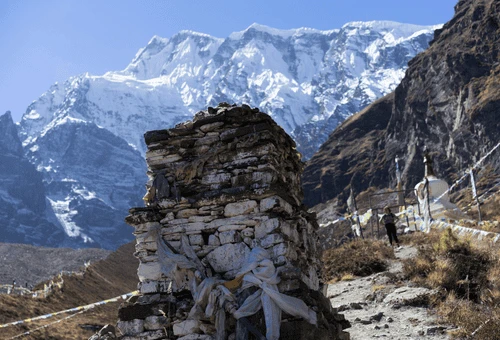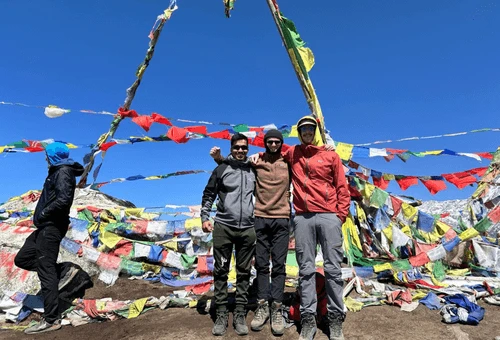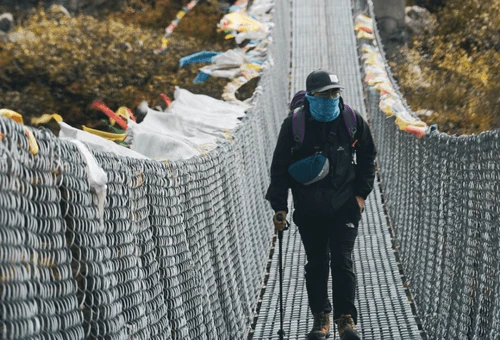The 12-Day Langtang Valley Tamang Heritage Trek is a combined trekking adventure that takes you through the popular Langtang Valley trek with the rich cultural experiences of the Tamang Heritage Trail.
The Langtang Valley lies to the north of Kathmandu, near the Tibetan border. This trek takes you through Langtang National Park, a region known for its snow-capped peaks, lush forests, and rare wildlife, including red pandas and snow leopards.
At the same time, you’ll hike through traditional Tamang villages. These villages offer the warm hospitality and Buddhist culture of the Tamang people. That is why this Langtang Valley Trek with Tamang Heritage Trail is the perfect combination of cultural immersion and Himalayan Vistas.
The walk through the Langtang National Park to Langtang Valley offers constant mountain vistas like Langtang Lirung, Ganesh Himal, and Dorje Lhakpa. Likewise, the Tamang Heritage trek provides cultural immersion, including homestays in villages, visits to ancient monasteries, and even a chance to soak in natural hot springs at Tatopani.
The Langtang Valley Trek portion brings you to the high alpine valley of Kyanjin Gompa, with an optional climb to Kyanjin Ri (4,700 m) for panoramic Himalayan views. Along the way, expect diverse landscapes from verdant bamboo and rhododendron forests to open meadows and rugged valleys carved by glacial rivers.
The Langtang Tamang Heritage Trek difficulty is an easy to moderate trek. This means it is achievable for trekkers with a reasonable level of fitness and some hiking experience. You will be walking up to 5–7 hours on trekking days over hilly terrain, with the highest sleeping altitude around 3,800 m at Kyanjin Gompa.
12-Day Langtang Valley Trek with Tamang Heritage Trail Itinerary
The adventure to the 12-day Langtang Tamang Heritage Trek Itinerary begins with the drive from Kathmandu to Syabrubeshi. After Syabrubeshi, the trek starts through the villages like Gatlang, Thuman, Briddhim, and connects to the Langtang Valley Trek Route. After exploring the Tamang Heritage Trail, join the Langtang Trek Route to Lama Hotel, Langtang Village, and lastly Kyanjin Gompa. Visit the Kyanjin Gompa, Hike to Tserko Ri or Kyanjin Ri, then return to Syabrubeshi via Langtang Village and Lama Hotel.
Why Combine the Langtang Valley Trek and the Tamang Heritage Trail Trek
Combining the Langtang Valley Trek with the Tamang Heritage Trail offers a richer experience of both mountain vistas and cultural significance. The Tamang Heritage Trail is popular for its cultural depth – you trek through Tamang villages, partake in homestays, and learn about Tamang rituals and lifestyle. On the other hand, the Langtang Valley Trek is famous for its gentle trail with stunning close-up views of the mountains.
Likewise, the Tamang Heritage Trail and Langtang Valley Route are less crowded. It allows the trekkers to enjoy the trip without any obstacles from other trekkers. Moreover, trekking to the Tamang Heritage Trail at first will help the trekkers to acclimatise properly before reaching the Langtang Valley.
The combined Langtang Tamang Heritage Trek brings something new – whether it’s soaking in a hot spring, hiking to a viewpoint like Tserko Ri or Kyanjin Ri, or staying in a local home of Briddhim, Thuman, and Gatlang. Then, the Langtang Valley introduces dramatic valley terrain, towering peaks, and glacial rivers.
Langtang Valley and Tamang Heritage Trail Trek Price 2026, 2027
When planning the Langtang Tamang Heritage Trek, cost is an important factor. The total trek price can vary based on the trekking company, the services included, and the size of your group. As of 2025, an all-inclusive 12-day Langtang Valley Tamang Heritage Trek package typically ranges around USD $800–$1200 per person for a small group trek. Mountain Eco Trails offers this competitive price that includes guide, transportation, accommodation, meals, permits, and other necessary arrangements.
Best Trekking Company for Langtang Trek
Choosing a reliable trekking company can make a huge difference in your Langtang trekking experience. Mountain Eco Trails is a Kathmandu-based trekking company that specialises in personalised, eco-friendly adventures in Nepal’s Himalayas. Here are a few reasons to trek with Mountain Eco Trails:
- Experienced crew members and official team.
- Flexible and customised Langtang Trek Itinerary with personalised service.
- Complimentary Services like Duffel Bag, Trekking Poles, SIM Card, and an hour trekker's massage
- Langtang Valley Trek route Map.
- First Aid Kit with basic medication.
- Hassle-free last-minute booking and trip arrangements.
- Competitive and Fair price that matches the services and has no hidden costs.
- Special Discount for a group of trekkers of more than 5 Pax.
With Mountain Eco Trails, you trek with a trusted local company that prioritises your experience, safety, and the environment. We strive to turn your Langtang journey into an incredible memory you’ll cherish for life. If you need more information regarding the Trek feel free to contact us via emil or WhatsApp us at +9779849790153.

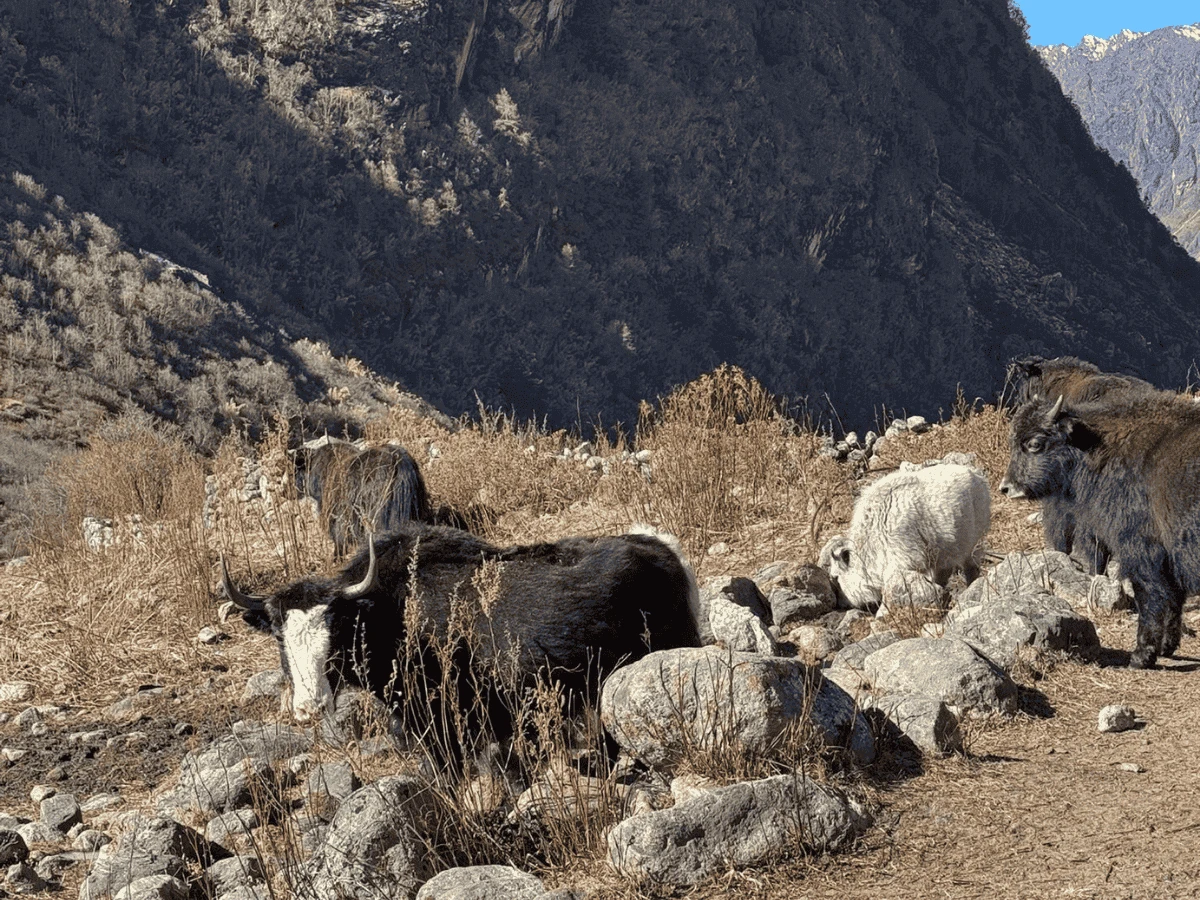
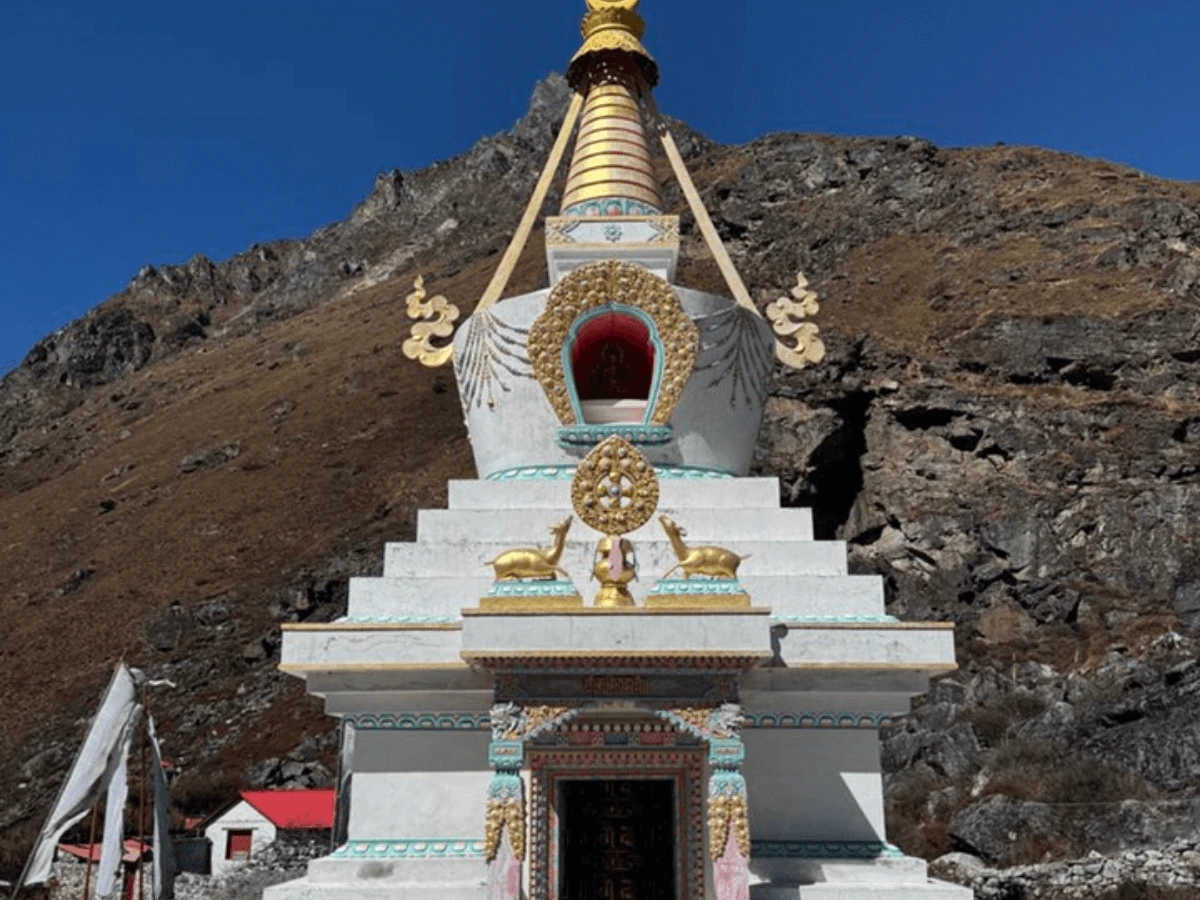

-3.webp)
